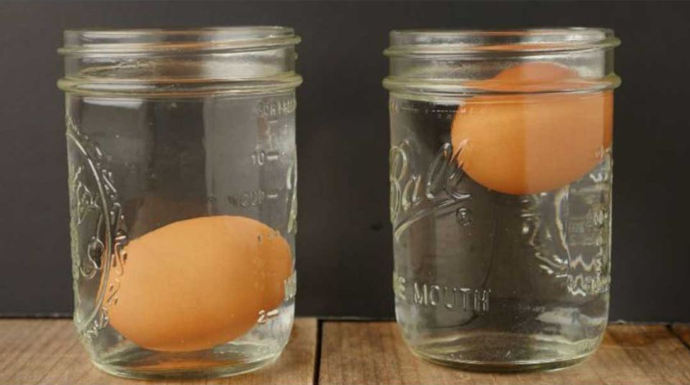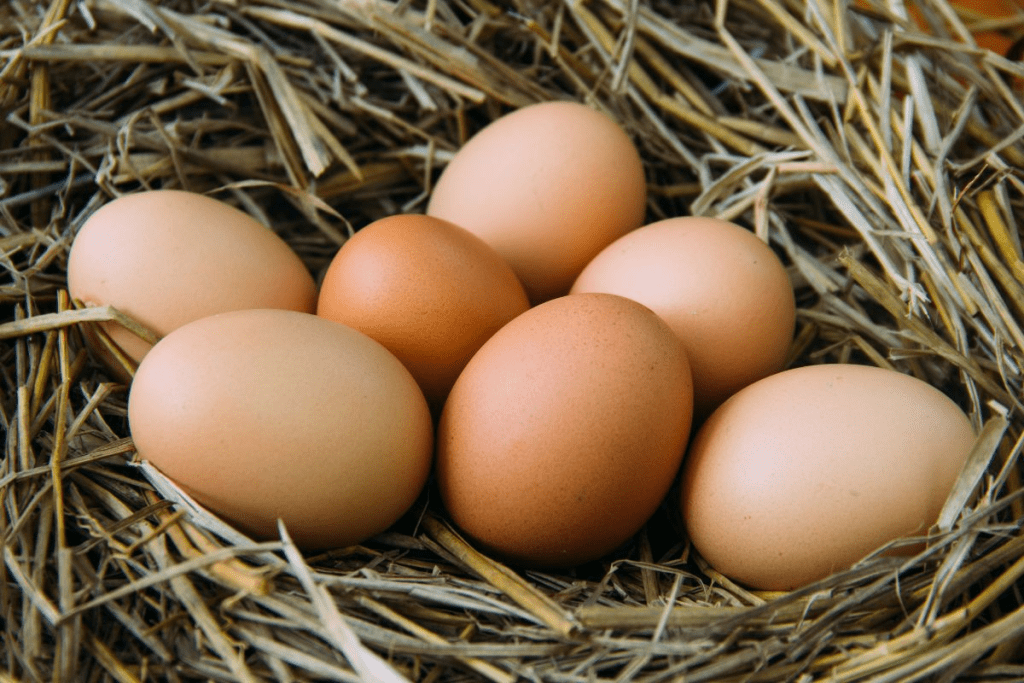In today’s world of pre-packaged foods and instant access to groceries, it’s easy to forget some old-school kitchen tricks. But when it comes to eggs, freshness is key—not only for taste but also for safety. Bad eggs can lead to foodborne illness, so ensuring they’re fresh is essential. Thankfully, Nana had a simple yet effective trick to determine if an egg is fresh, using only a bowl of water. Let’s dive into this time-tested method and explore why it works so well.
Why Egg Freshness Matters

Using fresh eggs makes a big difference in both cooking and baking. Fresh eggs have better texture, taste, and nutrient content, and in baking, they contribute to the structure of the dish. Beyond taste and texture, there’s also a safety aspect. Consuming old eggs can lead to foodborne illnesses, which can be particularly harmful to those with weaker immune systems. Keeping tabs on egg freshness is a simple way to avoid these risks and improve your culinary creations.
Nana’s Water Test for Egg Freshness
Nana’s trick for checking egg freshness doesn’t require any special tools—just a bowl of water. Here’s how it works:
- Fill a bowl with cold water. Ensure the bowl is deep enough to fully submerge the egg.
- Gently place the egg in the water.
- Observe the egg’s behavior:
- If the egg sinks to the bottom and lays flat on its side, it’s very fresh.
- If the egg sinks but stands upright, it’s still safe but not as fresh and should be used soon.
- If the egg floats to the top, it’s no longer fresh and should be discarded.
This simple technique provides a quick and reliable way to gauge your egg’s freshness, letting you enjoy your meal with peace of mind.
Why the Water Test Works: A Closer Look
The secret behind Nana’s water test lies in the science of egg aging. Fresh eggs have a small air cell inside, but as time passes, air seeps in through the egg’s porous shell. This enlarges the air cell, making the egg more buoyant. The water test leverages this change in buoyancy. A fresh egg, with little air inside, is denser and will sink. An older egg, with a larger air pocket, will float. It’s a simple trick based on basic principles of physics, but it’s incredibly effective.
Comparing Other Methods for Testing Egg Freshness
While Nana’s water test is easy and accessible, there are a few other methods to check egg freshness:
- Candling: Shining a light through the egg to observe the interior. This is commonly done in agriculture but requires experience.
- Crack Test: Cracking the egg open to inspect the yolk and whites. Fresh eggs have firm yolks and thick whites.
- Shake Test: Shaking the egg near your ear. If it’s fresh, you won’t hear a sound. Older eggs may make a sloshing noise due to thinning whites.
Each of these methods has its merits, but Nana’s water test remains the most straightforward, making it ideal for everyday use.
The Science Behind Egg Aging and Freshness

As an egg ages, it undergoes several changes:
- Moisture and Carbon Dioxide Loss: These escape through the shell’s pores, causing the egg’s contents to shrink slightly and the air cell to expand.
- Yolk and White Consistency: In fresh eggs, the yolk is well-rounded and the white is thick. As the egg ages, the yolk flattens, and the white becomes more runny.
- Increased pH: Over time, the egg white’s pH rises, altering its taste and texture.
Understanding these changes helps explain why the water test works. The increased air cell causes older eggs to float, while fresher, denser eggs sink.
Common Myths About Egg Freshness and Safety
There are a few misconceptions about egg freshness that it’s good to clear up:
- “Minor cracks mean the egg is bad.” Not necessarily. While cracked eggs that float should be discarded, those with minor cracks may still be safe to eat if they pass the water test.
- “Cloudy whites mean the egg is old.” In fact, cloudiness in the egg white is a sign of freshness, as it’s due to high carbon dioxide content.
- “Spotted eggs are spoiled.” Small spots in an egg (like blood spots) are harmless and occur naturally; they’re not an indicator of spoilage.
By knowing these myths, you can make more informed choices about how to handle and store your eggs, ensuring both safety and quality.
Other Tips for Egg Storage and Freshness

In addition to using the water test, you can keep your eggs fresher for longer by following these storage tips:
- Refrigerate Your Eggs: Eggs last longer in the fridge than at room temperature. Keeping them at a consistent, cool temperature slows down the aging process.
- Store in the Original Carton: This protects the eggs from absorbing strong odors from other foods, as the carton acts as a barrier.
- Keep Them at a Consistent Temperature: Fluctuations in temperature can accelerate spoilage, so it’s best to store eggs toward the back of the fridge where it’s coldest and least subject to temperature changes.
Conclusion: Trust in Nana’s Simple Trick for Fresh Eggs Every Time
Nana’s water test is a simple, reliable method that’s stood the test of time. In a world where food safety and quality are more important than ever, knowing how to test your eggs ensures you’re always using the freshest ingredients. So next time you’re about to crack an egg, remember Nana’s trick. With just a bowl of water and a few seconds, you can enjoy your meal with confidence, knowing you’re getting the best quality possible. Trust in this timeless method and bring a little bit of Nana’s wisdom into your kitchen every day.


